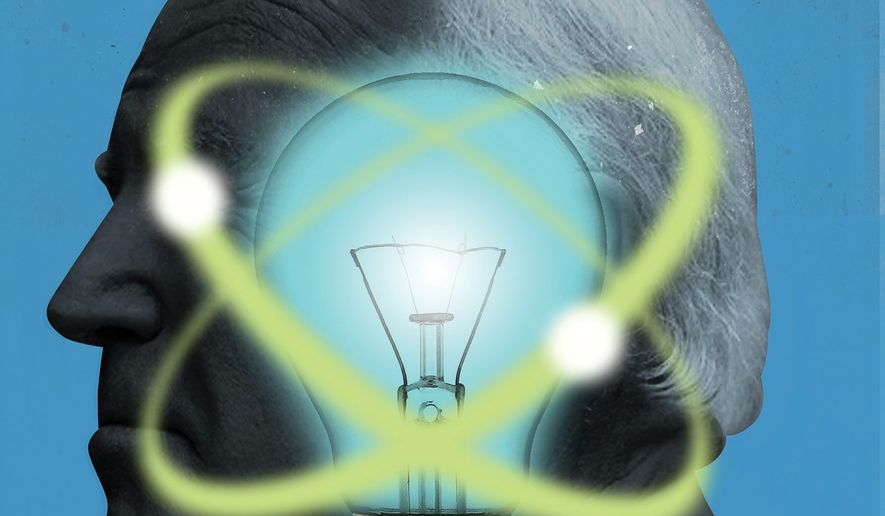OPINION:
Excessive summer heat, once defeated by human know-how, is posing new perils as U.S. energy supplies face seasonal shortfalls. If Americans wilt in power blackouts brought on by temperature spikes in the months to come, they can thank President Biden and his “progressive” energy plans for a bummer of a summer.
Two-thirds of the continent could be forced to deal with rolling blackouts this year if temperatures exceed “normal summer peak load and conditions.” That’s a warning contained in the “2023 Summer Reliability Assessment,” issued last month by the North American Electric Reliability Corp., or NERC, an Atlanta-based nonprofit that promotes adequate power transmission across the U.S. and Canada.
NERC forecasts that New England and the entire U.S. west of the Mississippi River face an elevated risk of rolling blackouts in the event of extreme heat during the upcoming June-September summer period. Only East Coast and Ohio Valley states are reckoned to possess energy resources sufficient for a low-risk assessment.
Other issues flagged for heightened reliability concerns include potential coal and natural gas delivery shortfalls coinciding with periods of solar power output declines, coupled with ongoing mine closings and delays in fuel transport by tanker and pipeline. In addition, hurricanes and other severe weather could exhaust supplies of electrical transformers, which must meet sharpened Department of Energy efficiency standards.
None of this has awakened Mr. Biden from his green dream of transforming the U.S. energy sector. With his so-called Inflation Reduction Act of 2022 allocating $391 billion for domestic energy security and climate change, the president is single-mindedly attempting to slash the nation’s greenhouse gas emissions to 40% below 2005 levels by 2030.
That the U.S. Energy Information Administration’s write-up of its “Annual Energy Outlook 2023” features expected declines in energy-related emissions by 2050 before getting around to laying out its all-important forecast of the nation’s future electricity generation capacity is a telling indicator of the president’s priorities.
Adding to the annual challenge of spiking electricity usage during summer heat waves are fresh rules imposed by the Environmental Protection Agency that took effect March 15. The agency’s “Good Neighbor Plan” obligates electric utilities in 23 states to limit hours of operation for coal and natural gas plants to maintain air-quality standards for ground-based ozone in downwind communities. For large swaths of the West, South, Midwest and Northeast, rising smog could take down the grid. Clean air is vital, of course, but so are air conditioning and refrigeration when summer heat becomes stifling.
None of this could come as welcome news to Americans who have joined the president’s switch from gasoline-powered cars and trucks to electric vehicles. Nor would they be comforted to learn only about one-third of the EV charging stations the Biden administration has funded are on track for installation by the end of the decade. All the promised advantages of a green nation mean little when the power goes out and the convenient electric devices go dark.
If luck prevails and heat waves fail to materialize, Americans could be granted a reprieve from a Biden summer bummer. Still, as the prescient Yogi Berra once said, “The future ain’t what it used to be.”




Please read our comment policy before commenting.